Money
Payment in Clams
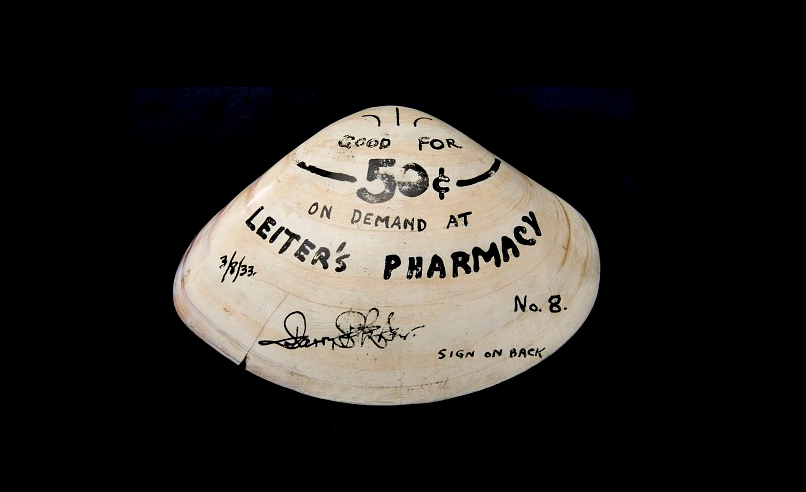
When the nation's banks closed during the Depression, Leiter's Pharmacy in Pismo Beach, California, issued this clamshell as change.
The 1929 stock market crash triggered banking panics, as people rushed to withdraw their savings before they were lost. In March 1933, President Roosevelt ordered a four-day bank holiday to prevent further withdrawals. To compensate for the currency shortage, communities created emergency money, or scrip. This clamshell was signed as it changed hands and redeemed when cash became available again.
Source.
Posted By: Paul - Mon May 16, 2022 -
Comments (2)
Category: Money, Nature, 1930s
Mr. Plastic Fantastic
Walter Cavanagh's hobby is collecting active credit cards issued in his name. Which is to say that he's not interested in collecting the cards themselves, as a typical credit card collector might be (such as a member of the American Credit Card Collectors Society). Cavanagh's collection consists entirely of cards that he could use to buy something.By the mid-1970s, when the media first got wind of him (and dubbed him 'Mr. Plastic Fantastic'), he had already acquired 788 cards, giving him available credit of $750,000.
By 2016, in the most recent update about him that I could find, his collection was up to 1,497 cards, giving him available credit of $1.7 million.
However, he never taps into this credit. He uses only one card, and he always pays off the balance in full each month.
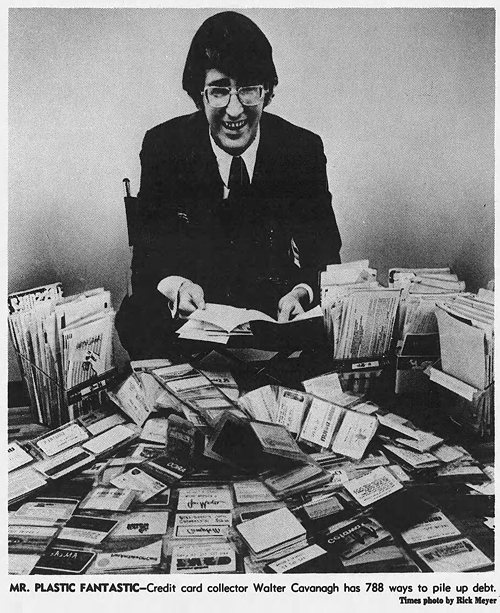
Los Angeles Times - Feb 1, 1976
But how does he keep getting companies to send him new cards? Wouldn't companies see the huge amount of credit already available to him and deny his application? Apparently not. Cavanagh reports that he's hardly ever had an application denied.
According to the Next Gen Personal Finance blog, this shouldn't be surprising. Both his payment and credit history are long and positive. Also:
So companies keep sending him new cards.
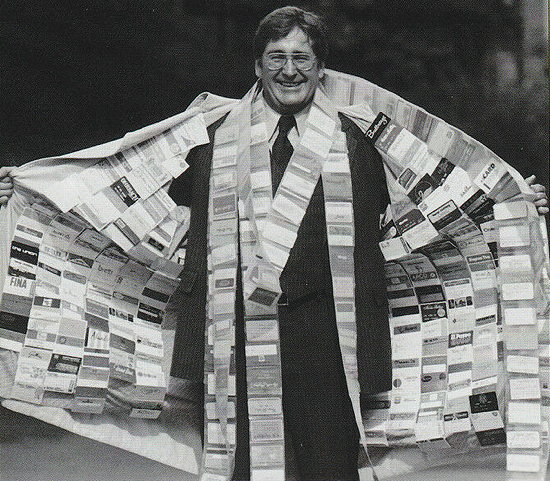
Posted By: Alex - Tue May 10, 2022 -
Comments (8)
Category: Money, World Records, Collectors
Obscene Chinese Money
The portrait of Confucius is expressing his opinion with his fingers of the occupying Japanese army.
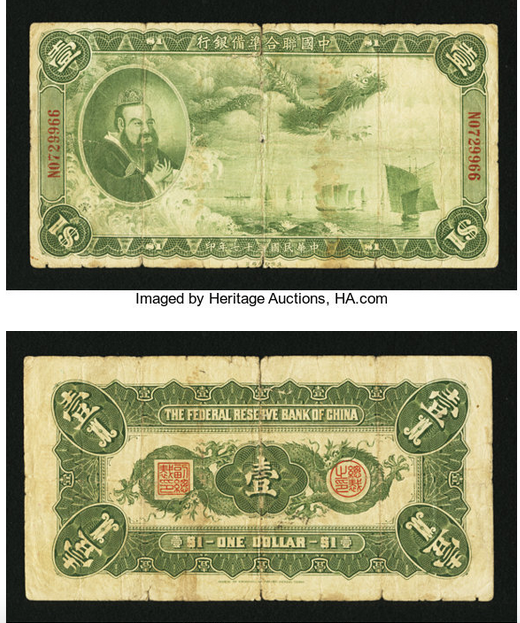
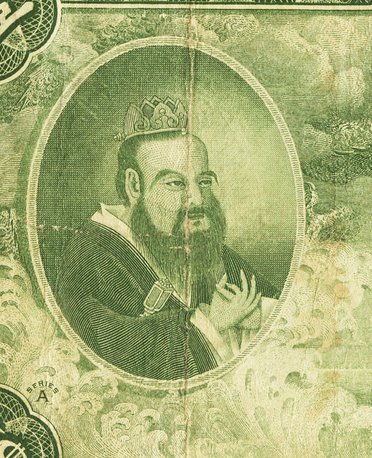
Posted By: Paul - Wed Mar 16, 2022 -
Comments (0)
Category: Innuendo, Double Entendres, Symbolism, Nudge-Nudge-Wink-Wink and Subliminal Messages, Money, War, 1930s, Asia
The replica Roman coin that fooled a museum
Nov 1971: Nine-year-old Fiona Gordon realized that the supposedly ancient Roman coin on display at the South Shields Museum was actually a promotional replica given away by a soft drinks company, Robinsons.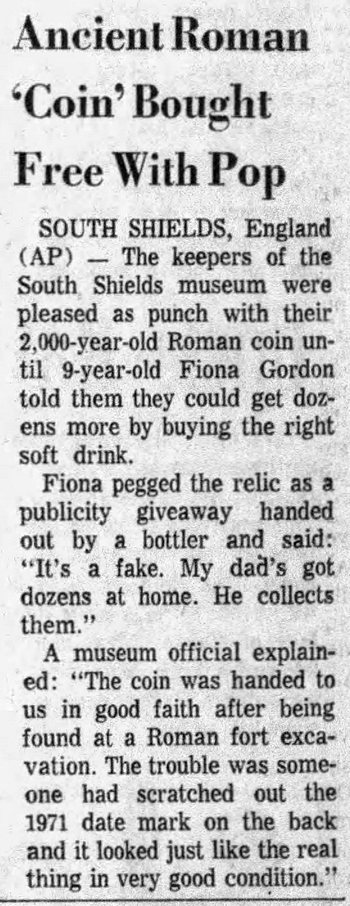
Newport News Daily Press - Nov 3, 1971
I'm pretty sure that the coin below is similar (if not identical) to the one that was on display at the museum. In 1971, Robinsons sent these coins to anyone who mailed in enough bottle caps. (Source: CoinCommunity.com)
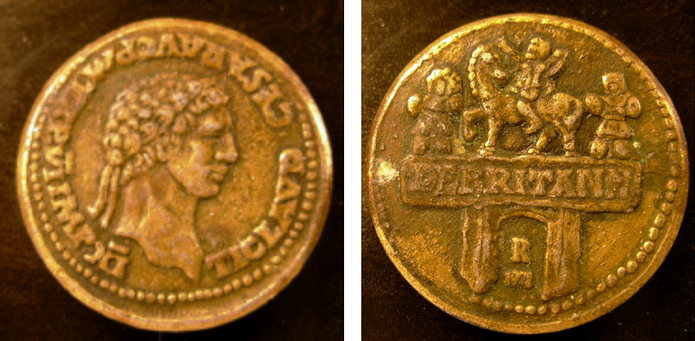
Posted By: Alex - Tue Feb 22, 2022 -
Comments (1)
Category: Imitations, Forgeries, Rip-offs and Faux, Money, Soda, Pop, Soft Drinks and other Non-Alcoholic Beverages, 1970s, Ancient Times
NRA Day Parades
The current era has been compared to the Depression and New Deal under Roosevelt. But what's lacking today as we seek to emerge from the pandemic malaise is--parades!To celebrate "NRA Day," New York City threw a parade that utilized a quarter of a million participants.
But it wasn't just NYC. Smaller places joined in too. Such as Dothan, Alabama. Visit this page for the full account, with lots of great photos.
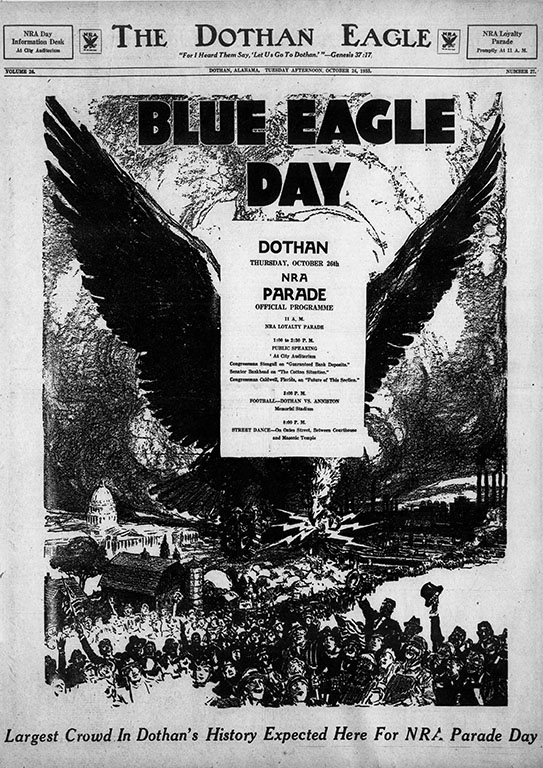
Posted By: Paul - Tue Feb 08, 2022 -
Comments (2)
Category: Government, Money, Parades and Festivals, 1930s
The 1000-Mile Courtroom

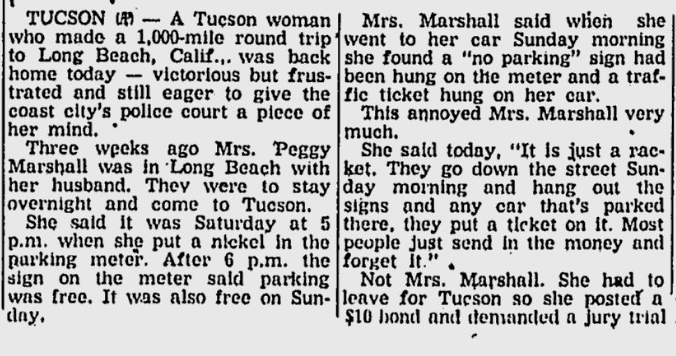
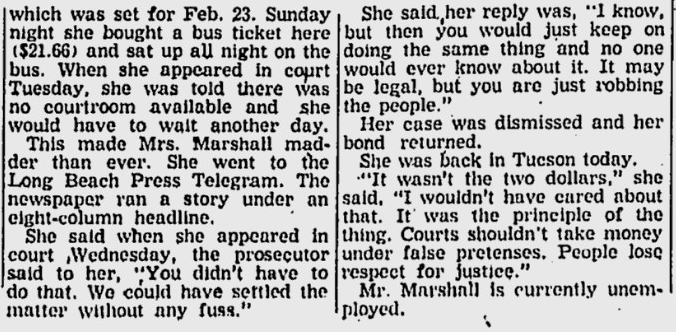
Source.
Posted By: Paul - Tue Jan 25, 2022 -
Comments (5)
Category: Eccentrics, Law, Money, Outrageous Excess, Police and Other Law Enforcement, 1950s, Cars
The Tax Centinels
April 1938: Students at Renselaer Polytechnic Institute managed to acquire almost all the pennies in the town of Troy, New York — around 250,000 pennies in total. They did this by first going around store-to-store claiming they needed pennies for a "penny-ante poker game." Then they went to the banks and purchased their entire supply of pennies. Since each bank was unaware that the same thing was occurring at all the other banks, they happily sold the students all the pennies they had.As a result, the town of Troy suddenly discovered that it was in the grip of a "penny famine." Shopkeepers found themselves unable to make change. And more significantly, they found it difficult to charge the state sales tax.
This had been the point of the stunt. It had been organized by a group of students calling themselves the "Tax Centinels" in order to "focus public attention on the taxes which they claim account for 25 per cent of the cost of all necessities of life."
Having cornered all the pennies, the students went into the town the next day and began making purchases, using pennies to pay for one-quarter of whatever the cost of the item was. It was a bit like the time-honored stunt of paying fines with pennies.
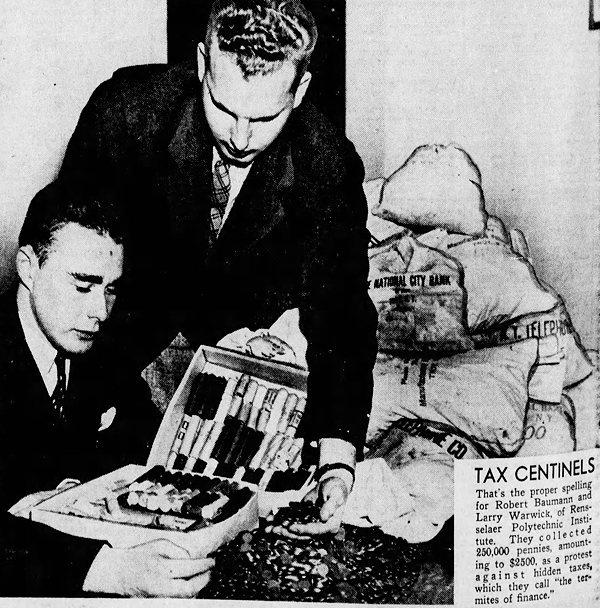
Philadelphia Inquirer - Apr 6, 1938
The movement quickly spread to other colleges, so that other college towns were soon beset by penny famines. New members of the Tax Centinels were required to take the following pledge:
It shall be the purpose of this organization to focus public attention on the evils of the practice of keeping concealed taxes and to awaken in the public consciousness a realization that 70 per cent of all taxes now collected by more than 175,000 separate taxing bodies in the United States are obtained through secret levies tacked on to the price of necessities we all must buy daily—food, clothing, shelter, luxuries, and semi-luxuries.
Since the average man does not realize the inroads made upon his purse by these vicious hidden taxes and that he himself pays the major costs of the government instead of the Rockefellers, Morgans and du Ponts, I hereby pledge myself to pay 25% of the price of all purchases in pennies in order to dramatize the situation to the end that it may be remedied.
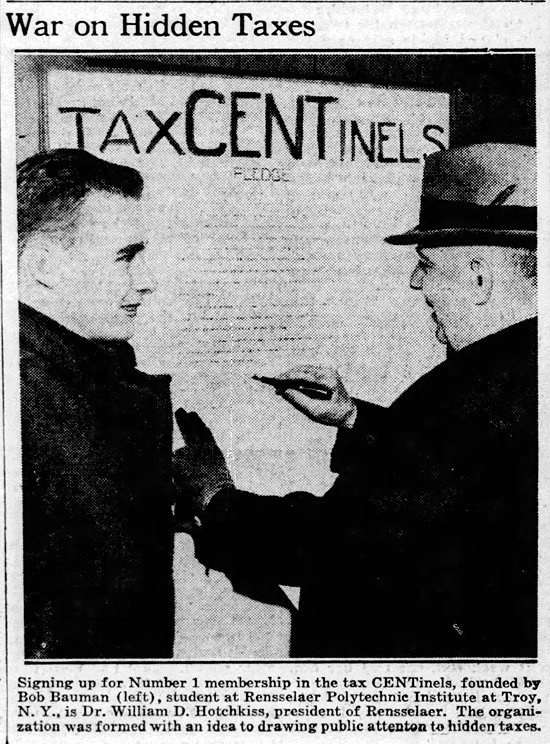
Wisconsin State Journal - Apr 11, 1938
As far as I can tell, the Tax Centinel movement lasted a month or two before fizzling out. But it seems to have been symptomatic of a widespread popular discontent at the time over the sales tax. See, for instance, our earlier post about the guy who in 1939 took a case all the way to the supreme court over his indigation at having been, in his mind, unfairly charged one-half cent of sales tax.
More info: "Tax Centinels," Star and Lamp (Pi Kappa Phi newsletter) - May 3, 1938. Page 4.
Posted By: Alex - Thu Sep 30, 2021 -
Comments (3)
Category: Money, 1930s, Universities, Colleges, Private Schools and Academia, Pranks
The Stunts of TRUTH OR CONSEQUENCES Radio Show
Many folks of a certain age might recall TRUTH OR CONSEQUENCES as a TV show. But it began on radio in 1940, and was known for its far-out stunts, as detailed on this page.Excerpt below.
A 1942 contestant told Edwards that her 17 year old son was serving in the Marines - as if Edwards didn’t know this in advance when she was “randomly” selected to appear on the show. Her consequence was to count pennies - pennies mailed to her home by listeners to buy War Bonds for her son. Broadcasting magazine reported within a week that the woman received 301,464 coins, mostly pennies, totaling over $3,100. Variety reported that after ten days the amount of mail had reached 236,000 pieces and the amount was $3,560. To handle the massive amount of mail Edwards temporarily rented office space and hired 200 clerks to pick it up, open it, count the money and track the postmarks to learn where it came from, valuable research for NBC and sponsor Procter & Gamble.
Edwards sent a 1944 contestant on an involved and hilarious search for a thousand dollars that climaxed after a month with listeners mailing 18,000 old books to the man‘s home which were donated to servicemen and veterans’ hospitals - after the contestant was directed to leaf through the books to find the missing half of a thousand dollar bill sent to him by the show.
The fact that they gave out big money prizes didn't hurt their popularity either.
Source: Lancaster New Era (Lancaster, Pennsylvania) 08 Dec 1947, Mon Page 3
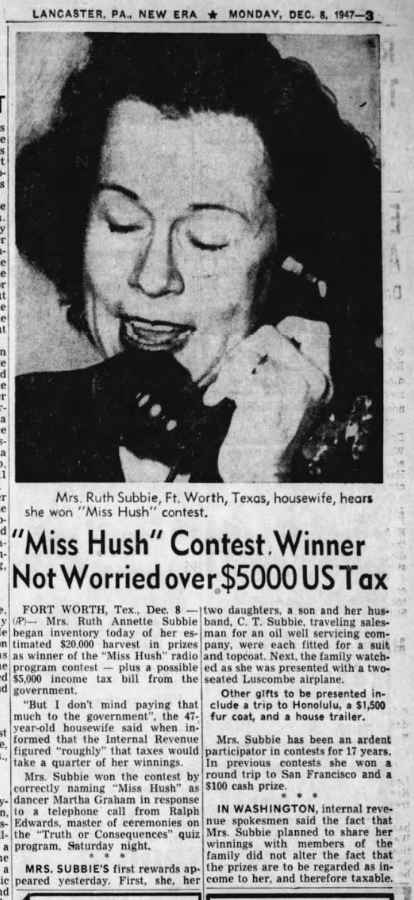
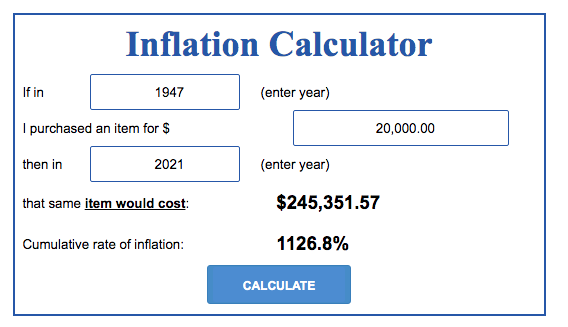
Posted By: Paul - Sat Sep 25, 2021 -
Comments (1)
Category: Money, Publicity Stunts, Radio, 1940s
Paying Back Your Parents
In the news recently was a story about a teenager whose parents asked her to pay back her school expenses:This reminded me of the story that the artist Ernest Thompson Seton told in his 1940 autobiography (Trail of an Artist-Naturalist). He claimed that when he turned 21 his father presented him with an itemized bill for $537.50, which his father said was what it had cost to raise him, including the doctor's fee for his delivery. His father expected him to pay it.

According to Seton, he briefly considered paying the bill, but then decided against it, figuring he needed to keep all the money he had to establish himself as an artist.

Ernest Thompson Seton
Posted By: Alex - Thu Sep 09, 2021 -
Comments (2)
Category: Money, Parents
Seelye’s Wasa Tusa
Patent medicine earned Dr. A. B. Seelye a fortune that allowed him to build a fine mansion that is open to the public today.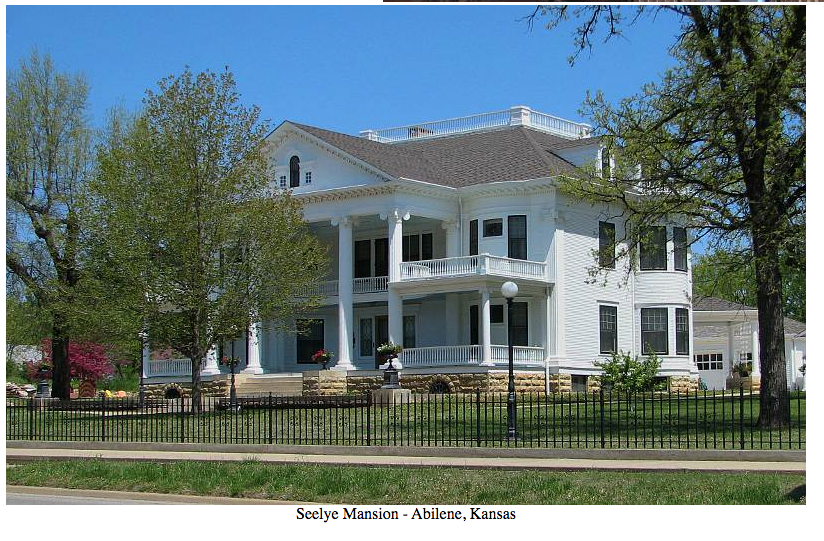
What was in his fabled Wasa Tusa?
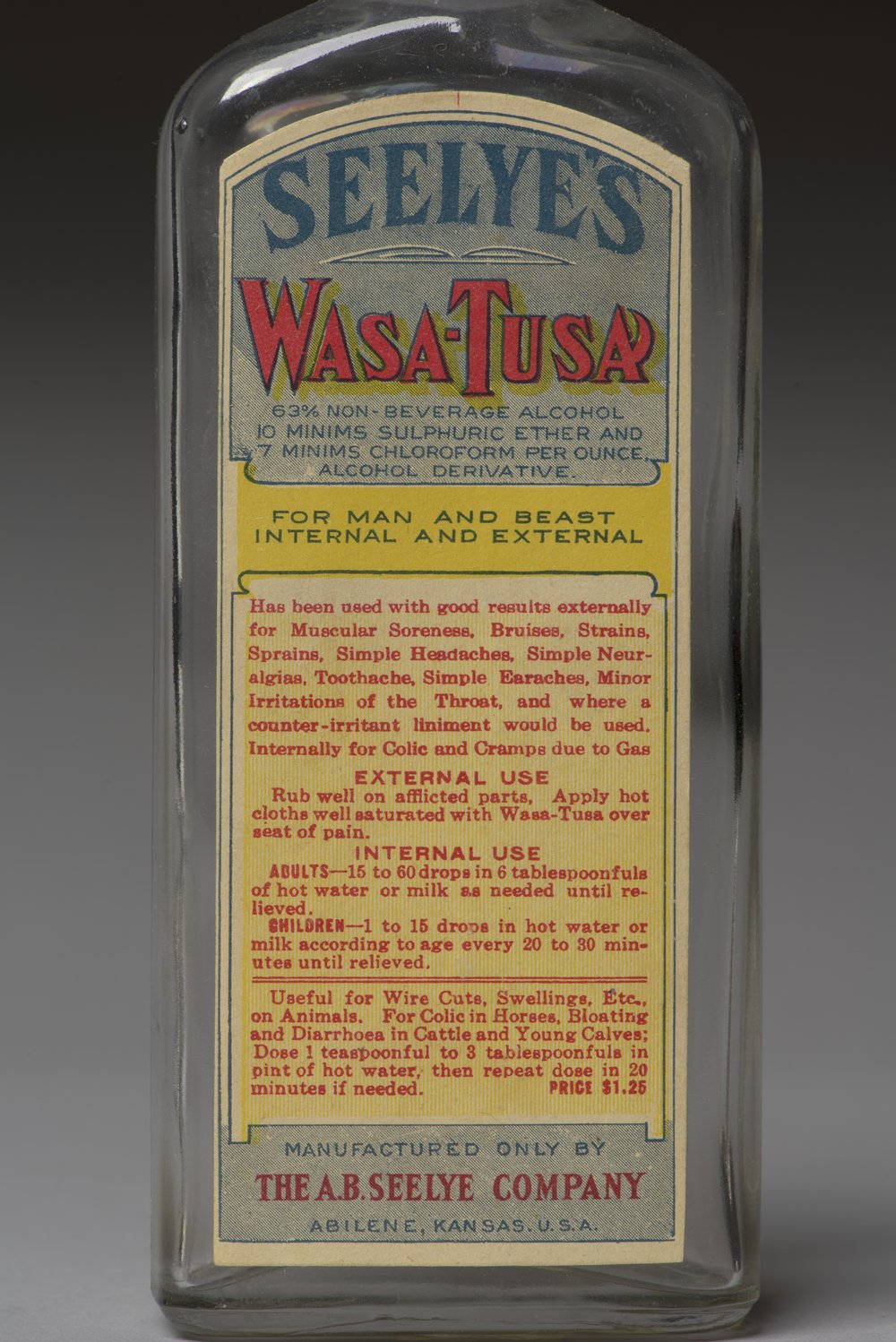
A.B. Seelye made his fortune in patent medicines with the A.B. Seelye Medical Company. At one time he had over 500 salesmen traveling through 14 states. The Wasa Tusa they sold contained 65 percent “non-beverage alcohol, chloroform and sulphuric ether.”
Source of quote.
You can read his digitized ALMANAC, HEALTH GUIDE AND COOKBOOK here.
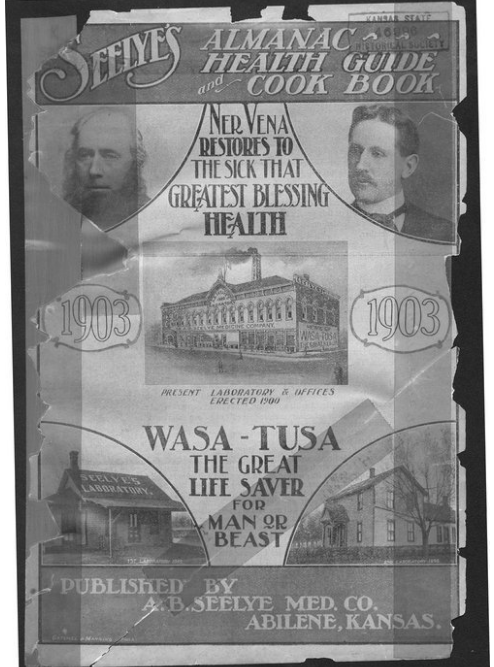
Posted By: Paul - Tue Sep 07, 2021 -
Comments (0)
Category: Domestic, Money, Patent Medicines, Nostrums and Snake Oil, Nineteenth Century, Twentieth Century

| Who We Are |
|---|
| Alex Boese Alex is the creator and curator of the Museum of Hoaxes. He's also the author of various weird, non-fiction, science-themed books such as Elephants on Acid and Psychedelic Apes. Paul Di Filippo Paul has been paid to put weird ideas into fictional form for over thirty years, in his career as a noted science fiction writer. He has recently begun blogging on many curious topics with three fellow writers at The Inferior 4+1. Contact Us |




